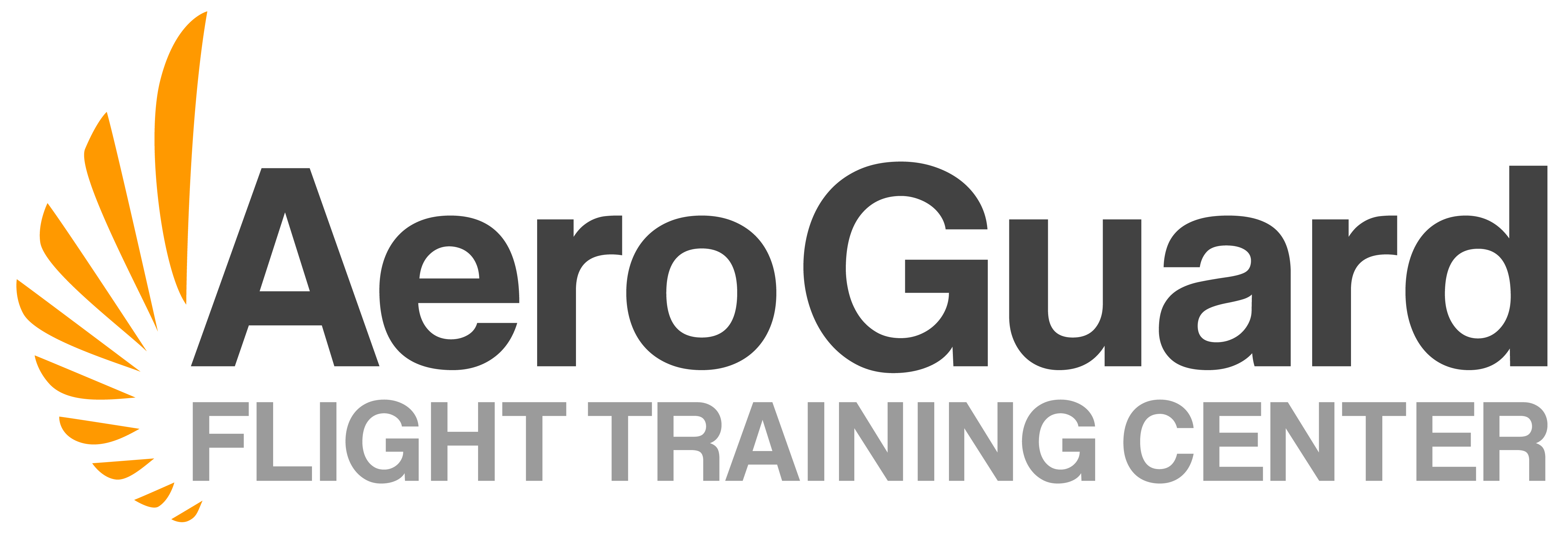Pilot Shortage
What is the Pilot Shortage?
Pilots are in high demand across the industry with a pilot shortage both in the present and in the years to come.
The pilot shortage continues as airlines are not able to supply the amount of pilots that are needed, and has left them looking for the next generation of well-trained and capable pilots as their current work force retires. This aging work force, FAA mandated retirements, and continually growing demand for air travel has influenced the pilot shortage on a global scale. While the industry tries to keep up, this shortage has created a unique opportunity for aspiring airline pilots looking for a successful career.
If you are considering a career as a professional airline pilot, there has never been a better time to start this career path that will benefit you for years to come.
Pilot Shortage: Let’s Talk About It
For many years, the core demographic of professional airline pilots has been 40-60-year-olds that first entered the industry prior to the 2000s or through a military-trained background. However, with an FAA-mandated retirement age of 65 years old, major airlines in the U.S. are now facing a situation where thousands of their pilots are set to retire within the next few years, which represents a significant portion of their workforce. This is the leading cause of the pilot shortage in the U.S..
In addition to this attrition of current pilots, the demand for air travel continues to grow on a global scale. For the past 50 years, the airline industry has doubled in size every 15 years, and this trend is expected to continue as flying becomes safer, cheaper, and easier than its alternatives.
Airlines around the world are placing orders for hundreds of planes to keep up with this demand for air travel, and those planes aren’t going to fly themselves! On average, each aircraft in an airline fleet requires 12 full time pilots on staff. While only 2 pilots may fly at any point in time in the cockpit, this ratio keeps those planes in operation around the clock. Airlines need to hire thousands of pilots to keep up with this demand and operate their new additions to the fleet.
The pilot shortage proves to be an ongoing struggle for the industry to overcome, but it creates a very positive outlook for the pilots themselves, making their hiring, retention and pay critical to an airline’s success.
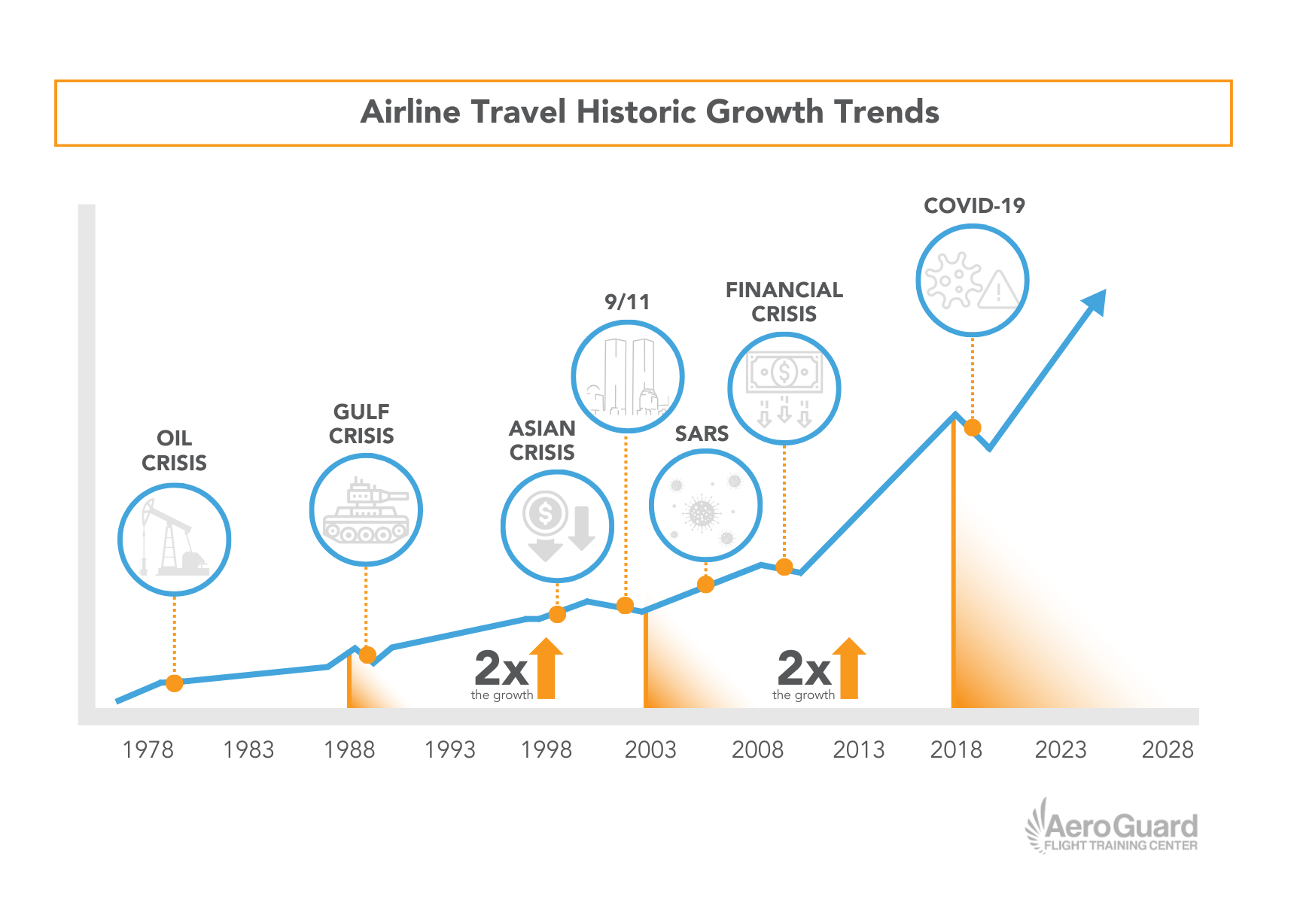
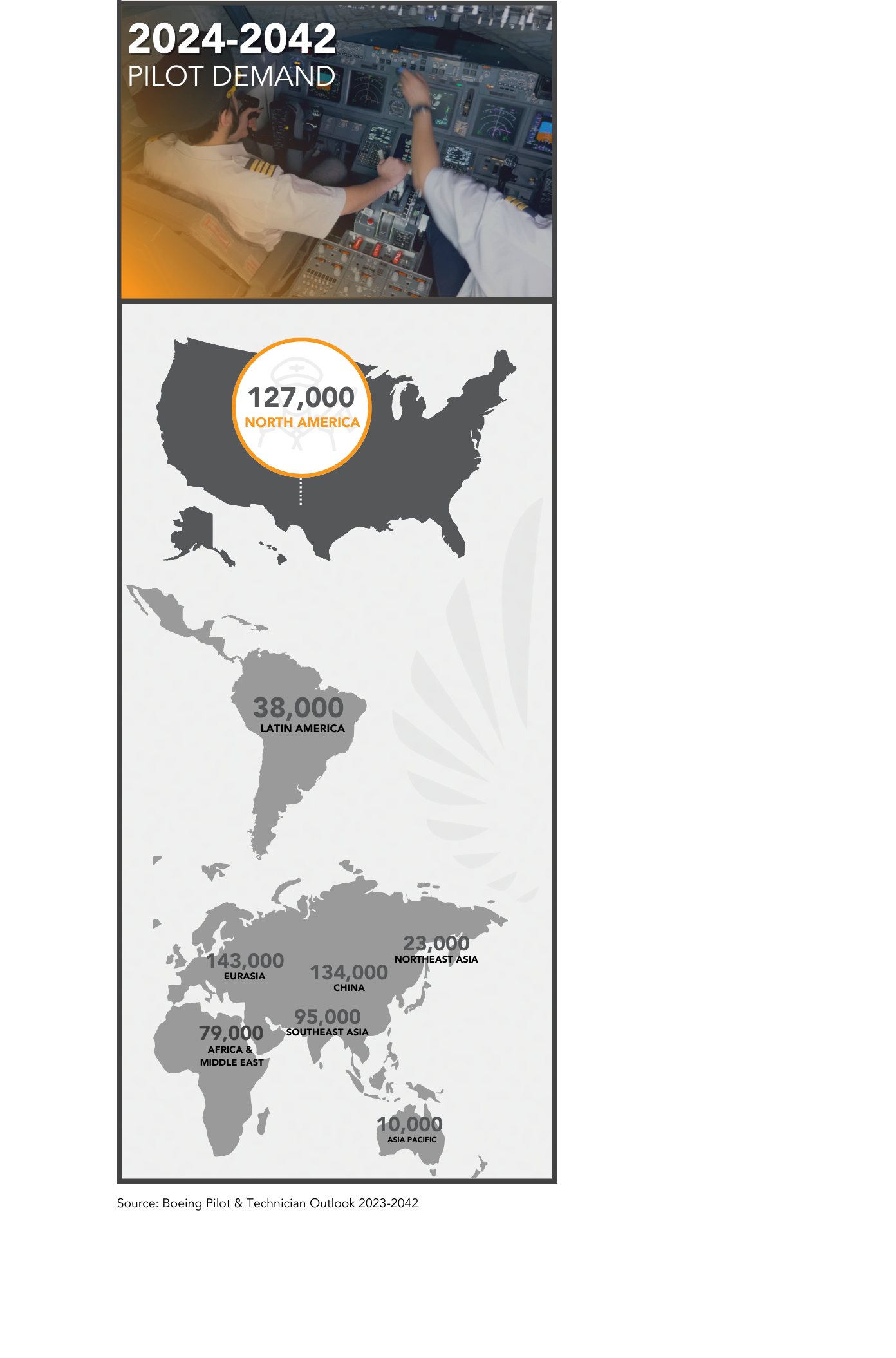
How Big is the Pilot Shortage?
Boeing, a major aircraft manufacturer, releases several studies and predictions throughout the year to estimate where the pilot shortage is headed and how it’s going to influence the industry based on the resources they’ll need like pilots, planes, and other essential employees.
Boeing studies the trends of airline hiring, aircraft orders, pilots in training, industry trends, macro-economic forecasts and more to come up with their periodic predictions. In the current estimate for 2024-2042, the years to come will require 649,000 new pilots worldwide with nearly 130,000 of these new pilots in North America. Even with airlines hiring thousands of pilots every year, the industry is still expected to be short 30,000 pilots in 2032.
Globally, the factors behind the pilot shortage estimates differ. While in the U.S. this is largely due to retirements, in regions like China and India, it is due to extraordinary growth as their large populations look to travel more, domestically and internationally. While this global growth may not directly impact domestic pilots, it will all lead to a very attractive marketplace for pilots as international airlines compete for the highest quality pilots available.
What the Pilot Shortage Means for Current and Future Pilots
The graph on the right shows how the air travel demand has grown since the pandemic in 2020 with the number of passengers traveling each month skyrocketing. As Boeing and other experts predict, the demand for air travel will continue to rise and the industry will maintain a consistent pattern of doubling every 15 years because of it.
As the demand for pilots grows and the supply is not being met, then the price for airline pilots will increase. This often takes the form of increasing pilot salaries, growing bonuses, great retirement packages, and other benefits to provide a long and successful career.
Pilot upgrades whether it be First Officer to Captain, Regional to Major Airline, or across aircraft types from narrow body domestic routes to international wide bodies, can all be expected to happen quicker than in years prior. This represents a unique opportunity for these these pilots at the forefront of the hiring curve as they make these upgrades, as well as increased job security.
For airline pilots, pilot seniority means everything – impacting pay, routes, aircraft, domiciles, benefits and more. This means pilots hired now will benefit for years to come as they obtain higher seniority very quickly. There has never been a better time to start your training to become an airline pilot and take advantage of these opportunities arising from the pilot shortage.
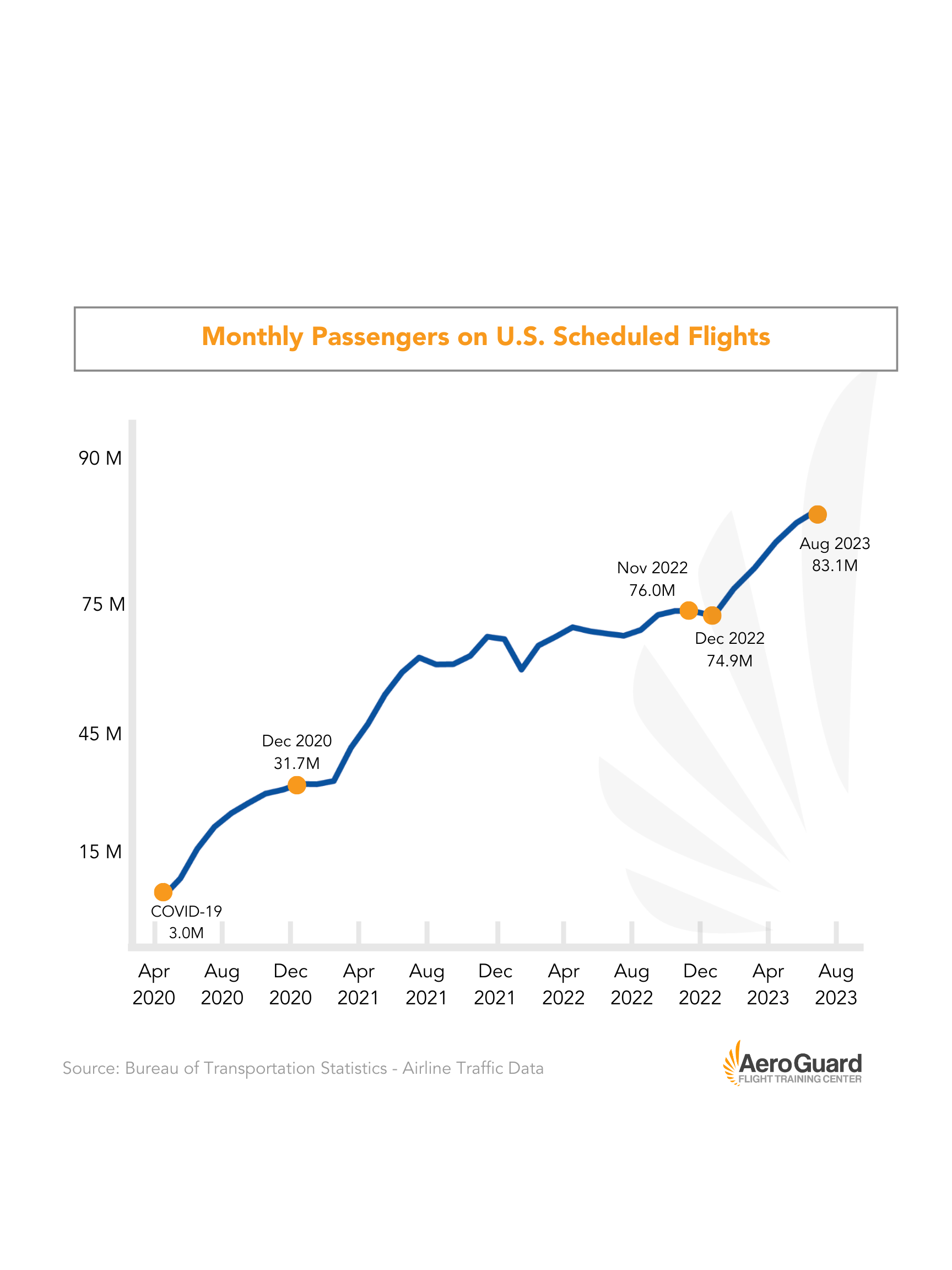
Pilot Shortage in 2024
The airline pilot shortage continues as airlines struggle to increase staff, maintain their flight routes, and operate their growing fleets.
This need for pilots is expected to continue for years to come as it transitions to the longer-term pilot shortage. With the industry continuing to grow and doubling every 15 years, pilots will remain in high demand as this trajectory continues. While hiring will increase and slow over the years, the trends continue to show when and where pilots are needed the most.
The demand for pilots will remain consistent for the foreseeable future as it transitions to the longer-term airline pilot shortage. The airlines are hiring thousands of pilots as they try to keep up with the supply and demand, and in order to acquire and retain pilots, the airlines are also raising salaries, improving benefits, increasing bonuses, and establishing enticing retirement packages.
Considering all of these factors, there has never been a better time to be a pilot in training.
